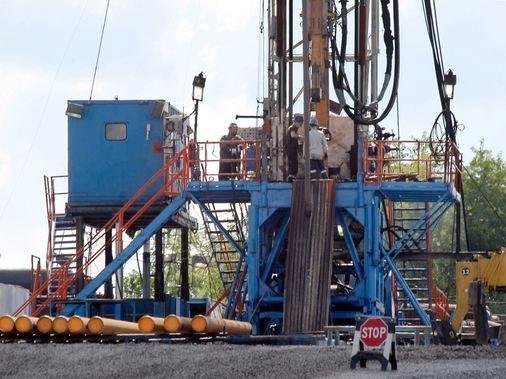
13 Jun 2015 | by Stephen Heins
State utility commissioners in all 50 states are under a lot of stress. First, they must formulate and plan for the future of their states’ electrical grids and at the same time, keep their eyes on the developments in Washington and on the EPA whose Clean Power Plan (CPP) is the elephant in their room. It could be argued that they have a job far worse than the Maytag repairman: Instead of having nothing to do, they have everything to do. Currently, they may have the most difficult job in the US. All without a clear instructions book from their states or the finalized regulations from the EPA.
While the EPA’s 1200 page Clean Power Plan of 2014 has received 4 million public comments, there also have been study after study comprised of thousands upon thousands of pages from interest groups across the political spectrum. Furthermore, there have been hundreds of op-ed pieces on the subject. However, the state utility commissioners have received virtually no tangible guidance. This then is a rudimentary discussion of all the dangers facing commissioners as they continue to plan and implement their historical duties without a crystal ball.
Beginning with New Deal in the 1930’s, a “cooperative federalism” was developed to include a division of responsibilities between the states and the federal government for electric power and air pollution. By the passage of the Clean Air Act of 1970, the EPA set the minimum standards for the states to best implement their individual state utility plans to meet those goals with approval of the EPA. This partnership included all relevant units of the federal government, including the Department of Energy and Federal Energy Regulatory Commission.
Before the EPA’s 2014 announcement of their unprecedented new regulations, the public utility commissions had to develop rules and regulations to ensure a robust and still flexible electrical grid for their state. The sheer complexity and interaction between the state commissions and all other involved parties is even more staggering when one throws in the body politic, climate change, unanswered constitutional questions, environmental issues and the lack of the final regulations of the EPA’S Clean Power Plan.
At this time, the methodology of rate design is still in doubt, because it is still unsettled whether the CPP will be mass-based or rate-based. Moreover, the practical technology to implement such a plan is also uncertain, given the impracticality of solutions such as large scale wind or solar, coal carbon capture and marine power. Also, the practical sources of new energy are still in doubt, with the uncertainty of an adequate supply of natural gas and gas pipelines, especially given the ongoing debate over coal and fracking, simply because 90 percent of the current source of “cleaner” natural gas is derived through fracking,
Then, there is the debate over the “social costs of carbon,” which lacks a definitive and thoroughly scientific or medical approach to determining the health impacts of pollution and greenhouse gases. With the jurisdictional issues and pecking order, implementation continues to be a question. Additionally, the rules governing the separations of power among the three branches of government are still undecided: Ultimately, will the EPA and state air pollution agencies be the final arbiters? Will the other national and state agencies become second-class citizens?
As state utility commissioners, they are being forced to deal with a plethora of different voices including the media, environmental groups, industry and the utilities themselves. All at an inflection point in history where this energy/environmental debate over all of the above issues have state, national and international implications and ramifications.
Finally, the inability of anyone to accurately predict the immediate future and certainly the distant future is problematic, in spite of the confidence expressed by some scientist and the International Panel on Climate Change. To quote Casey Stengel, “Never make predictions, especially about the future.”
Without a definitive timetable or a book of instructions, our state utility commissioners are being asked to be the wisest men and women in the room, all the while balancing all of these important factors. Literally, they are at Ground Zero!






